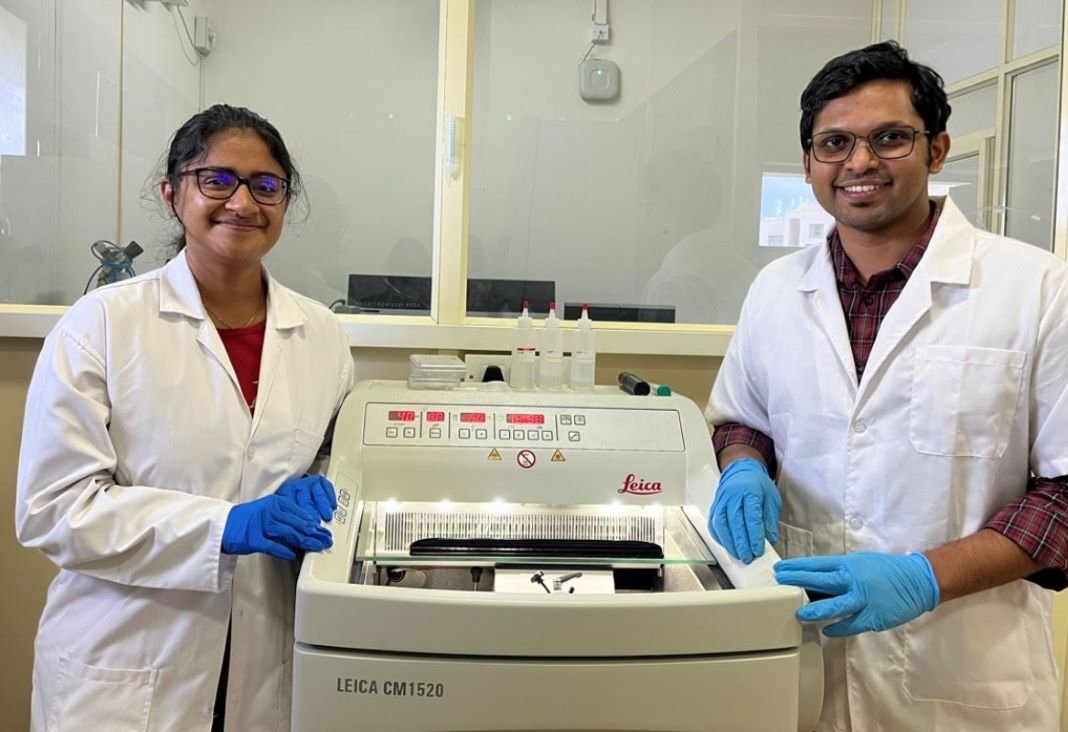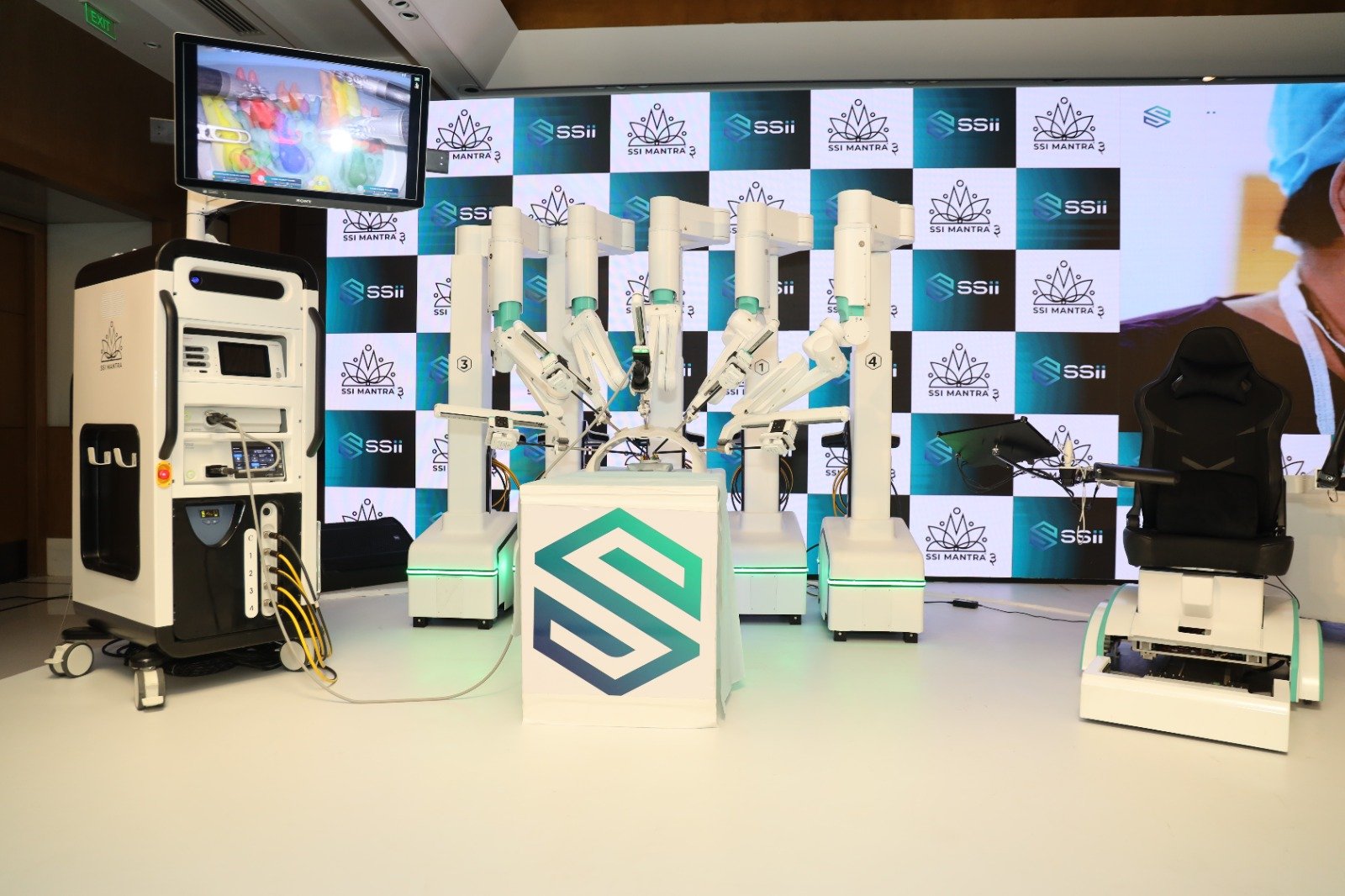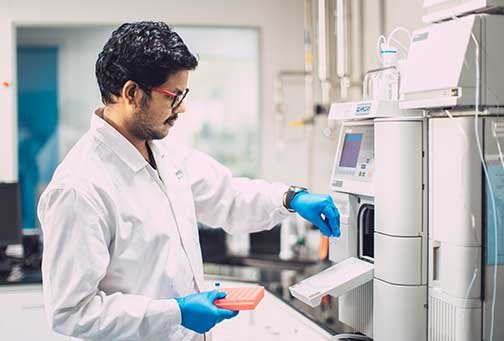Make BioPartnering a Mission
12 April 2004 | News
There is no doubt that strategic alliances and partnerships have become the cornerstone of R&D strategy in the global pharmaceutical industry. The apostle of genomic revolution, Dr William Haseltine, chairman and CEO of Human Genome Sciences along with other leading speakers like Dr Kiran Mazumdar-Shaw of Biocon and Dr Rashmi H Barbhaiya of Ranbaxy shared their experiences and relevance of partnerships at the Frost & Sullivan organized "Bio Partnerships Seminar 2004" in Delhi and Bangalore on the 17 and 19 March respectively. They pointed out that the pharma industry's two-decade old business model of bringing together complementary knowledge, capabilities and experience for solving major medical needs is still relevant. And more
 |
|
"Each pharma company has phase I and II compounds and they are desperate for products. And this is where the biotech companies come in." Dr William A Haseltine, founder and chief executive officer, Human Genome Sciences
|
so in today's scenario. We present some of the key messages that were delivered during the summit in Bangalore.
The bioindustry is all about human health and welfare. Whatever happens, our highest mission should remain human health. For a very long time, the pharma industry has focused on the diseases of the rich but it should look at the world as a whole."This is one of the main reasons why I am interested in policy—to improve human health. Correct policy will have integrated approach to improve health. Though we have not reached there but I have an inkling of what is going to happen," said Dr Haseltine.
BioPartnering: What it looks like?
BioPartnering is the partnership between the biotech and pharma companies. Why is biopartnering such a hot topic? There are several reasons. The pharma productivity has gone down over the past 15 years. There has been a 10-fold drop in NCEs in the big pharma firms. This problem is being addressed through structural reforms in big pharma companies but more money is not the answer. Although the industry has been the supplier of new technology but combinatorial chemistry took away the intuition, which had worked and this problem has been further compounded by genomics. Besides, there could be external reasons for the drop in productivity:
• FDA norms are getting tougher
• It could be an inevitable consequence of success
• Structural problems
• Problems of pharmacological combinations
The end result is that we are going to see the pharma multiplies shrink. Each company has phase I and II compounds and they are desperate for products. And this is where the biotech companies come in. On the productivity front the biotech companies are 10 times productive. Their R&D budget is a tenth of the overall budget and 60 percent of their compounds target the niche markets. Second, the biotech companies also want to make blockbusters. So there is a natural partnership between the pharma and biotech companies. Though it is not an easy partnership but is inevitable and should happen after the proof of concept stage.
Where does India come in?
The biotech world is a resource-limited world, where to find new compounds, the companies will do anything to reduce costs. This has led to outsourcing of manufacturing, clinical trials, etc. to reduce costs while maintaining quality.
India is an attractive destination for outsourcing because of the TRUST that the western countries have in it. This should be stressed upon and preserved. The reason for this underlying trust could be due to India's preexisting integration with the western world, which will serve it well. Also India has a system of governance and laws and a fair legal system.
As such the Indian market is small and is not going to build a huge pharma or biotech internal market. Indian biopharma should be looking at the global market as India is uniquely situated between the developed and developing world. Today India has evolved as a raw material supplier for products but this is under competitive threat from both internal quarters and other countries like China. This is a race to the bottom.
India can move up the value chain by competing on the manufacturing costs/processes, on the quality process and ultimately capture the proprietary product.
India can partner early with companies, take the products through clinical trials and develop them. In this way working through collaborations India can bring a product to the proprietary stage and take the product to the market, thus owning it in part and benefiting from it. This is one way by which India can move up from the bottom of the value chain, from being a supplier to the top of the chain.
But there are issues of ban on phase I clinical trials of outside drugs and pharma companies face problems in getting animals for testing. Both of these issues should be solved politically. Also for clinical trials, hospitals records need to be automated and the general infrastructure needs to be improved.
Future areas of focus …
Stem Cell Biology/Regenerative medicine: It has a great future in India due to its traditional skills in biology and the ethical problems being raised in the US on this subject. But India needs to sort out the animal testing issues, before entering this field.
Nanobiotechnology: India has the advantage of a strong education system (in material and biological sciences) and IT expertise, which it can leverage to develop nanotechnology.
"The partnering model is going to win the day for India."
Kiran Mazumdar-Shaw, chairman and managing director, Biocon, and president, ABLE
 |
| Kiran Mazumdar-Shaw, chairman and managing director, Biocon, and president, ABLE |
• The partnering model is going to win the day for India. The whole biopartnering process should shift to the more basic level of academia-industry interaction. This is necessary to create the required human resources.
• India's strong fermentation and purification skills are being leveraged to become a globally competitive bioprocessing platform. India has shown its prowess in clinical capability, process development skills and manufacturing skills.
• The opportunities exist in forward integration of drug discovery programs, "Proof of Concept" development for drug discovery programs, clinical development of new products and technologies, process development and scale up of manufacturing technologies.
• Outsourcing is not all about the cost advantage but the quality of deliverables is also important. Further the speed of delivery and mutual trust and adherence to intellectual property norms is crucial. At this stage it is all about self-regulation, as we do not have patent lawyers, officers, etc.
"India can become a TUG BOAT."
Dr Rashmi H Barbhaiya, president, Research & Development, Ranbaxy
 |
| Dr Rashmi H Barbhaiya, president, Research & Development, Ranbaxy |
• The opportunities for strategic alliances lie in NDD, preclinical and pharma development; IT applications; clinical development; herbal heritage; generics; and contract research.
• Companies are looking at India because the cumulative success rate for a program is 1.5 percent. There has been a war on patents and investigators and India can play a very important role in the drug delivery, discovery, and development process.
• Alliances working on shared goals will be desirable. The opportunities are in lead identification and optimization, biological screening, etc.
• India can become a tugboat. It has strong data management abilities, strong base of CROs, and a pool of trained doctors and nurses.
Rolly Dureha & Ch. Srinivas Rao

















